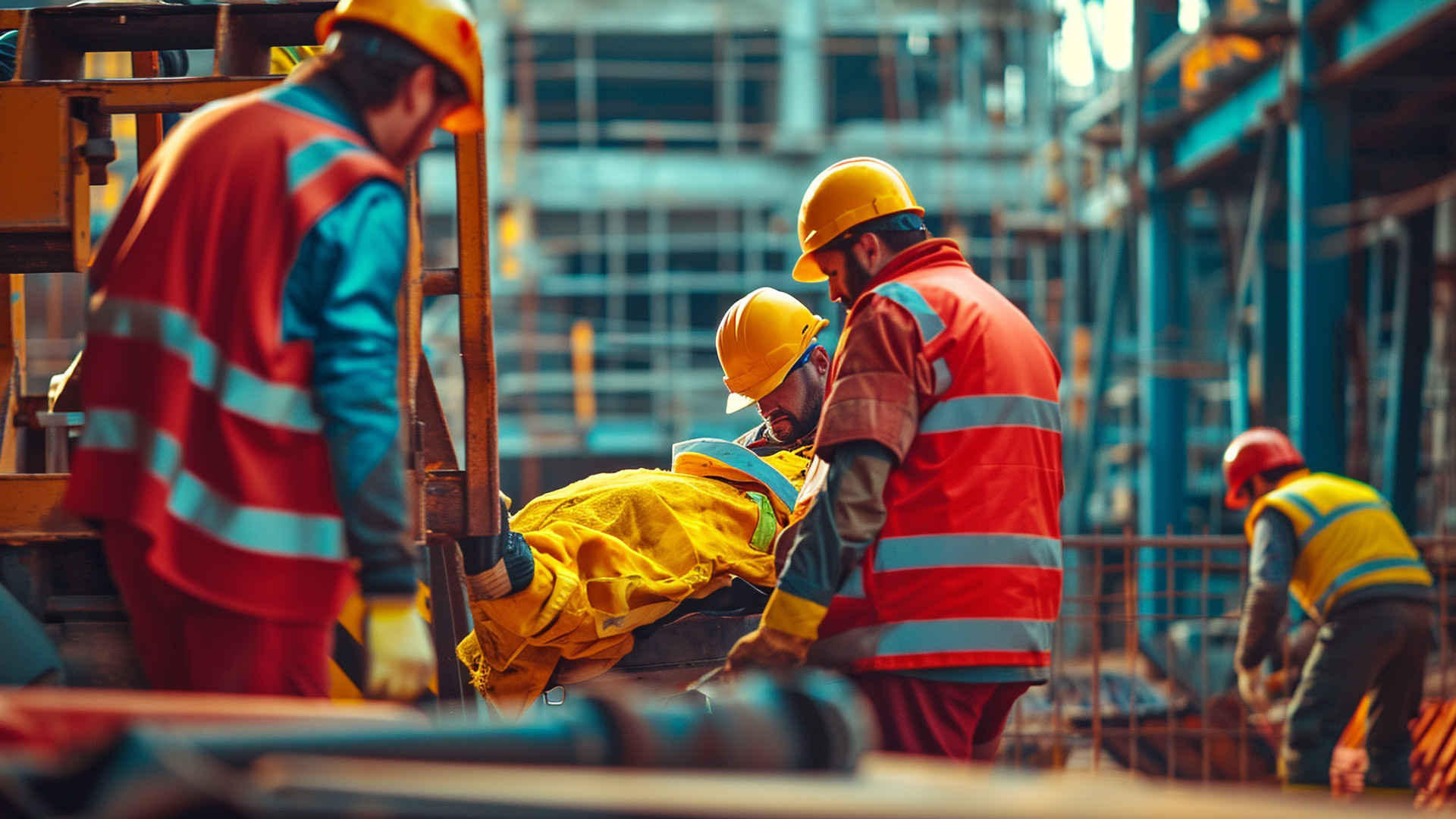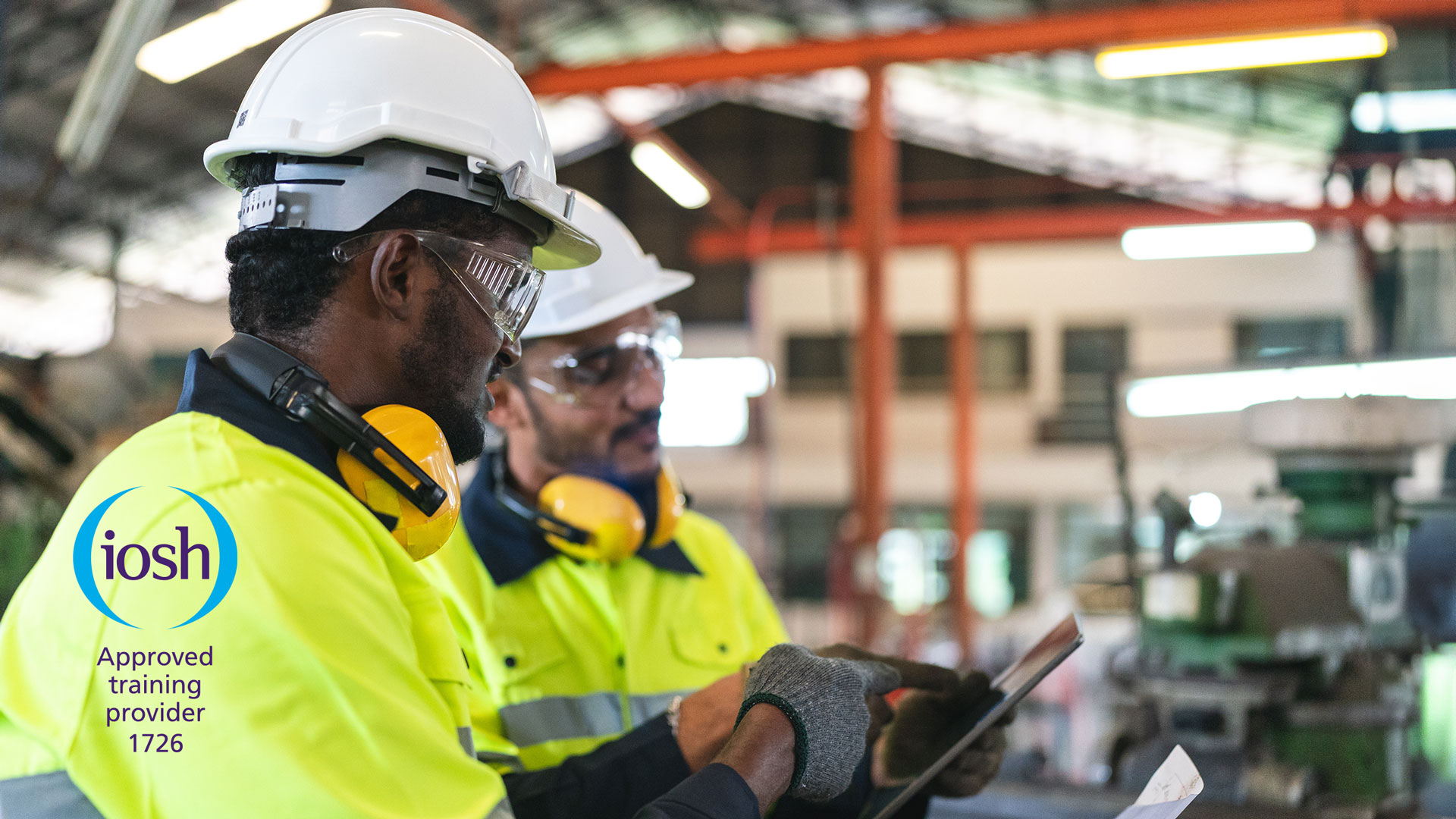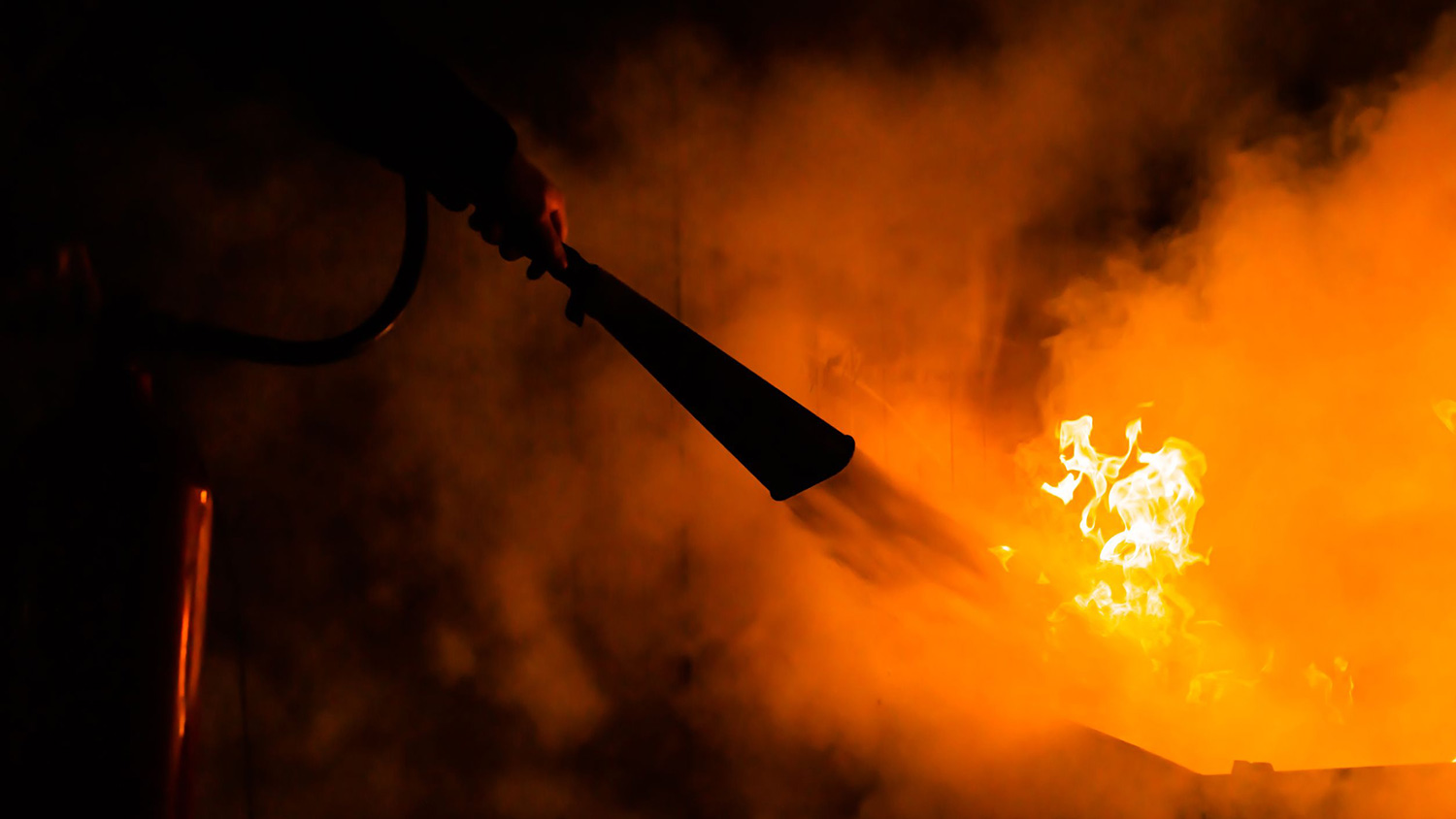Fire safety in the workplace
Everyone knows what fire is. It burns down buildings, takes lives, and can put companies out of business. But beyond the basics of fire are subtler issues – such as prevention, compliance and dealing with the consequences. Fire safety is a huge issue to get right. Who has overall responsibility for fire safety? This briefing – taken from our Workplace DNA series – outlines all you need to know about fire safety in buildings, including the stages of fire risk assessment and what should go in a fire safety plan.
The responsible person
The Regulatory Reform (Fire Safety) Order 2005 gives responsibility for fire safety to the ‘responsible person’ for the building or premises. In relation to a workplace this is the employer, if the building is to any extent under their control.
If the premises is not a workplace, the responsible person is the person who has control of the premises (e.g. as occupier) in connection with the carrying on of his or her business. The responsible person can also be the owner of the premises, if the person in control of the premises does not have control of the business. The responsible person should assess the risks of fire and take steps to remove or reduce those risks.
Employees and tenants are known as relevant persons. A relevant person is any person who may lawfully be on the premises, or any person in the immediate vicinity of the premises at risk of fire.
Fire risk assessment
The responsible person must ensure that a suitable and sufficient assessment of risks is undertaken, which will be different for every building. The risk assessment should ensure that the risk of fire is either removed or reduced as far as possible. If the workplace has five or more employees, the arrangements for the effective planning, organisation, control, monitoring and review of these preventive and protective measures must be in writing.
To carry out the assessment effectively the responsible person should:
- Identify the fire hazards.
- Decide on the risks and who they affect.
- Evaluate, remove or reduce the risks.
- Record their findings, prepare an emergency plan and provide training.
- Review and update the fire risk assessment regularly.
The assessment should consider:
- Emergency routes and exits.
- Fire detection and warning systems.
- Firefighting equipment.
- The removal or safe storage of dangerous substances.
- An emergency fire evacuation plan.
- The needs of vulnerable people, for example the elderly, young children or those with disabilities.
- Providing information to employees and other people on the premises.
- Staff fire safety training.
Fire safety plans
Fire safety plans should encompass evacuation, safety drills and firefighting. Let’s look at each in turn.
Evacuation plans
The workplace needs to have an evacuation plan, which must show:
- A clear passageway to all escape routes.
- Clearly marked escape routes that are as short and direct as possible.
- Enough exits and routes for all people to escape.
- Emergency doors that open easily.
- Emergency lighting where needed.
- Training for all employees to know and use the escape routes.
- A safe meeting point for staff.
Special arrangements must also be made for people with mobility needs, for example making sure there are people to help wheelchair users get downstairs if there’s a fire.
Safety drills
New staff need to be trained when they start work and all employees must be told about any new fire risks. At least one fire drill should be carried out per year and the results recorded, which should be kept as part of the fire safety and evacuation plan.
Firefighting
The types of equipment needed in the workplace depend on the business premises. Any equipment will need to be properly installed, tested and maintained and staff trained to use it if necessary.
Regular checks should be made to make sure that:
- All fire alarm systems are working.
- The emergency lighting is working.
- Any faults in systems and equipment are recorded.
- All escape routes are clear and the floor is in good condition.
- All fire escapes can be opened easily.
- Automatic fire doors close correctly.
- Fire exit signs are in the right place.
Fire safety – essentials
- To help prevent fire in the workplace, a risk assessment should identify what could cause a fire to start, such as sources of ignition (heat or sparks) and substances that burn.
- Most fires are preventable. Those responsible for workplaces and other buildings to which the public have access can avoid the reduce of fire by taking responsibility and adopting the right behaviours and procedures.
- If the workplace has five or more employees, the arrangements for the effective planning, organisation, control, monitoring and review of these preventive and protective measures must be in writing.
- An evacuation plan needs to be created, which should include special arrangements for people with mobility needs.
- At least one fire drill should be carried out per year and the results recorded. The results must be kept as part of the fire safety and evacuation plan.
This briefing uses content taken from our innovative Workplace DNA series of fire safety resources.
*Workplace DNA® is a genuinely innovative digital learning system that hosts over 400 microlearning resources and utilises machine learning to automate delivery, tracking and reporting of learner engagement, putting you in complete control of every learning journey. Covering a vast range of knowledge, and designed to be easily accessible and digestible, Workplace DNA® uses continuous learning, based on daily news and constantly-updated content, to keep learners informed. Click here to find out more.
You may also be interested in
RELATED CONTENT
RELATED CONTENT

The Accident and incident reporting course helps learners develop skills to deal with the aftermath of an accident or incident.

The Risk Assessment and Method Statement (RAMS) course examines the HSE’s recognised five-step approach to risk assessment.

The world’s best-known health and safety certificate, designed for managers and supervisors in any sector or organisation.

IOSH Working Safely is a one-day introductory health and safety training course for people at any level, in any sector.

Risk assessments are often the first thing to be reviewed in the event of an accident. Claire Deacon PhD, Health and Safety Trainer with International...

Responsibility for fire risk assessment in the workplace is changing in line with new legislation. In this briefing, John Davidson of security and fir...

The use of machines in the workplace is nothing new. But, whereas robots were initially built to carry out simple tasks, nowadays artificial intellige...

Risk assessments carried out by the Manchester Arena operators prior to the Ariane Grande concert in 2017 were nothing more than “box ticking", an inq...